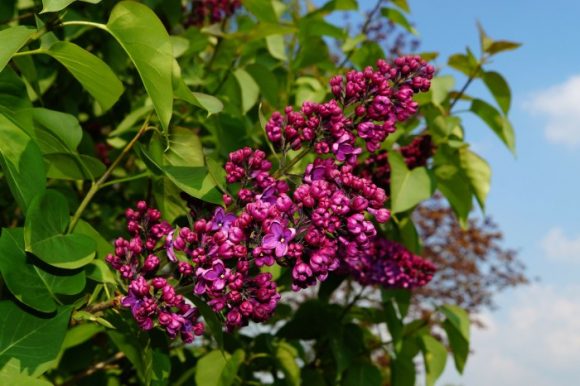All posts tagged lilac flowers
Fragrant And Edible Lilacs
Did you know that lilacs, the all-time symbols of first love and innocence are also great on your plate? Anyone who has ever eaten them testify that eating these blossoms gives an explosive flavor experience tinged with a mildly bitter and floral taste that is unforgettable. In addition, lilac flowers are good for garnishing.
Continue reading [...]
The Amazing Health Benefits Of Lilac Flowers
Syringa vulgaris or lilac is a flowering, deciduous shrub in the olive family. It is native to the Balkan Peninsula and was commonly propagated by European immigrants wherever they settled in order to preserve memories of home. In the US, lilacs were brought by pioneers in the 1800s. These flowers are commonly cultivated for their beautiful purple-blue or yellow petals and fragrance. In addition, the flowers are popular for their essential oils which are commonly used in aromatherapy. Continue reading [...]
Send Love With the Lilac Flower
The lilac is often considered the herald of spring, with flowering lilac trees and lilac bushes foreshadowing the arrival of the season. Early lilacs mean an early spring, and vice versa. Lilacs are related to the olive, and are native to Europe and Asia, with small flowers grouped in large panicles, blooming in spring time. Continue reading [...]

